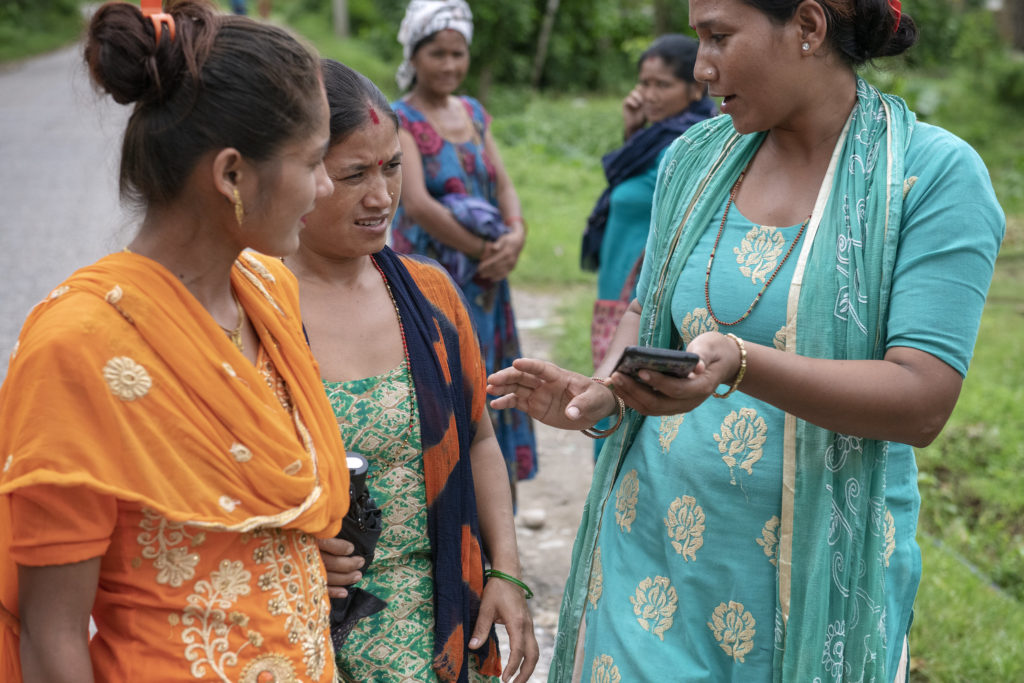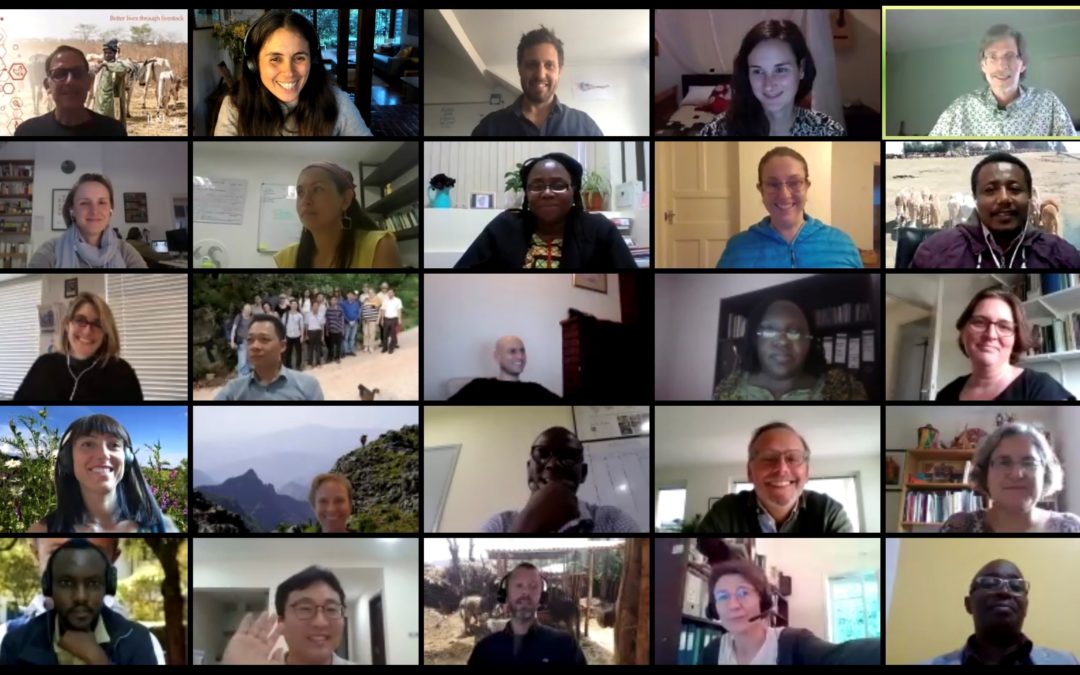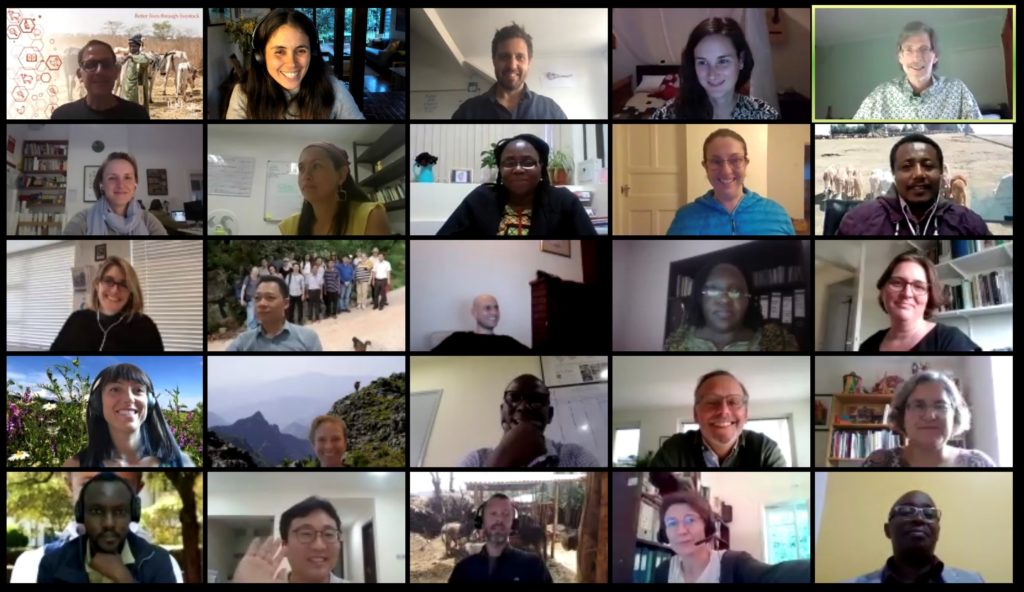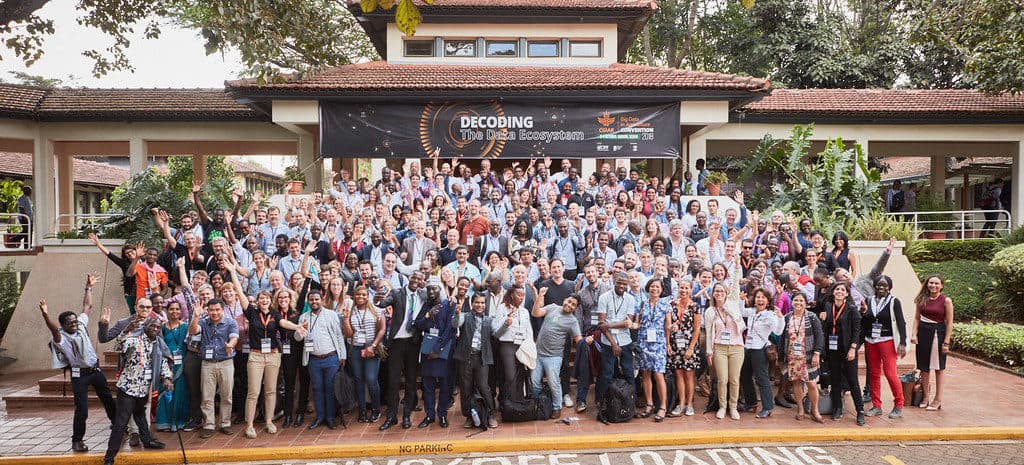The Platform for Big Data and the digital future of CGIAR
The CGIAR Platform for Big Data in Agriculture is coming to the end of its cycle. Here are some important proof-points looking back over the Platform’s start in 2017.
The Platform for Big Data is coming to the end of its cycle.
For five years the Platform team has been guided by the conviction that data standards and open science infrastructure, digital partnerships and technical communities of practice, and applied digital innovation can build powerful new capabilities for accelerating impact in agricultural research for development.
We arrived at some important proof-points along the way:
CGIAR can be a cornerstone in a global knowledge commons for agriculture
Before the BIG DATA Platform, CGIAR had some 40 separate open data and publications repositories. For the first time, these intellectual assets became discoverable in one place via GARDIAN, the Platform’s data harvesting and annotation service leveraging community-driven data ontologies and standards.

Linked stewardship enables wider data discovery and sets the stage for new data-driven interventions and innovations in agriculture.
The value of data grows through (re)use
Agricultural researchers work on wicked problems, often across distributed teams. The ability to reuse data for common research questions and integrate research across domains is fundamental for making progress on solutions. GARDIAN has enabled data reuse in important ways. For example, combining data from multiple CGIAR programs, researchers estimated the return on investment of maize fertilization across Sub-Saharan Africa to suggest more localized soil fertility approaches.

GGIAR domain expertise is valued and needed in digital agriculture
The Platform was designed to foster new digital partnerships leveraging CGIAR expertise. The annual CGIAR Big Data in Agriculture Convention, the growth in digital communities of practice, and the growth and engagement with our communications are key ways we delivered on this proposition.
The Annual BIG DATA Convention
Before there was an annual Big Data in Agriculture Convention, there was no pan-CGIAR event. The Convention leveraged and built CGIAR’s convening power, bringing together public, private, and non-profit stakeholders together to set the technical agenda at the intersections of digital innovation and agricultural development. The first edition, in 2017, helped build alliances for new, digitally-enabled forms of collective action. In 2018 we examined how to strengthen the open data ecosystem for global food security. Our 2019 Convention tackled how to establish trust as the foundation for digitally-enabling agricultural development. The final, all-virtual edition in 2020, showcased how data and digital tools enable much-needed agile adaptability in food systems in crisis.
The Convention sparked and accelerated cross-boundary collaborations in areas as diverse as artificial intelligence and risk in agricultural supply chains, inclusivity and equity in digital agricultural technologies, leveraging call detail records to study women’s economic empowerment, linking ethical data guidelines to hard technology standards to implement them in systems.
In total, the four Conventions engaged 5,500 attendees (remote and in-person) and 460 speakers, representing a wide array of sectors (34% CGIAR, 28% private sector, 18% other research, 9% government, 7% NGO, and 4% other) and regions (35% from Asia, 26% from Africa, 14% from Europe, 12% from the U.S. and Canada, 11% from Latin America, 2% from Oceania, and 1% from the Middle East).
The 2020 virtual Convention opened new ways to engage and create opportunities for truly global engagement. All 13 CGIAR centers participated in some capacity. The Convention drew 2,670 registrants, with 1,300 participants actively engaging through the online event platform, and featured 150 speakers. Half of 2020 Convention speakers were women, and youth represented 25% of all attendees.
Our technical Communities of Practice
There is technical depth and complexity to manage at the intersection of digital technologies and agriculture. Diverse domain expertise and technical collaboration are essential. Communities of practice that can meet this need are, however, notoriously difficult to form and sustain. The Big Data technical communities of practice (CoPs) have succeeded so far. Today they boast a total 6,500 members and serve as an important interface for CGIAR with the wider sector.
Our communications
The Platform communications reach and engagement is a testament to the pent-up demand for CGIAR domain expertise in digital agriculture. Some key milestones include:
- The Platform website averages more than 200,000 visits a year from 65,000 unique users;
- 2019 Convention communications reached an audience of 20 million people in both global social media and local print media;
- The Platform has some 30,000 followers across social media communications channels;
- Our newsletter has some 3,000 subscribers with above-average rates of engagement; and
- The Platform has published more than 230 newsletters and hosted more than 100 webinars.
The reach and growth of our annual convention, CoPs, and communications would not be possible without high demand for CGIAR expertise in the digital agriculture community.
CGIAR can become the world’s largest digital innovation network in agri-food

Photo: C. De Bode / CGIAR. Sita Kumari (right), farmer uses mobile phone apps to enhance her yields and get access to market and labor.
When the Platform launched in 2017, innovation labs supporting digital startups had been around for some ten years in developing economies, and they were being evaluated. These labs were effective at fostering successful digital startups–but very few of these companies were targeting or reaching the agriculture sector.
We set out to use the Inspire Challenge as a way to learn more about how to target, source, foster, and scale digital agriculture innovations effectively. The Challenge was designed to be a new mechanism for CGIAR to work with “boundary partners”–the array of public, private, and civil society stakeholders that can guide digital innovation to affect positive change in agri-food–to leverage open innovation anchored by CGIAR research. A portfolio of 21 projects emerged, each building important capabilities for CGIAR and the sector as diverse as:
- Transferring nanopore sequencing technology from human health to crop health and animal health applications,
- Building successful digital services for managing agricultural risk,
- Pointing the way to a transnational infrastructure for plant pest and disease monitoring and response.
The Challenge is also fostering earlier-stage innovations such as:
- In-field plant nutrient analysis,
- Computer-vision enhanced prediction of coffee yield, and
- Scanning for aflatoxin.
A majority of these projects continue to unfold, reaching new beneficiaries, making progress towards scale or replication, mobilizing new funding and partnerships that might not have happened were it not for the Challenge.
Moving towards a One CGIAR that fully leverages digital technology
The Platform was designed with the recognition of the transformative potential of data and digital tools in agriculture, noting that agriculture was one of the least digitized sectors, digital solutions were out of reach for the majority of small farmers, and that the evidence was too scattered and selective to develop a stakeholder- and evidence-driven theory of change for agricultural research for development.
Throughout the arc of our program, the Platform team sought to address this need. The first Convention helped surface and validate an agenda for action and technical collaboration. We activated our partner networks and technical communities to source and characterize the evidence.
We assessed the state of digital strategy in CGIAR, elevated digital strategy to the Board level, and conducted wide-ranging strategic research to answer the questions:
- What digital trends have the potential to transform agriculture in the next 10 years?
- What should an organization be able to do to navigate or leverage these trends effectively?
- What roles should public-interest actors like CGIAR play in digital agriculture?
The expanded Big Data team participated actively in a strategy refresh for CGIAR, helping to build a more integrated global organization that fully leverages its strengths to rise to global challenges. Going forward, the digital revolution will be central to our way of working.
A great new portfolio is launching in 2022. Much of the Platform will link into the new organization, leveraging capabilities we built and our evaluators found to be highly relevant to a multitude of stakeholders.
Our BIG DATA initiatives and the new One CGIAR
Although the BIG DATA Platform is coming to an end we feel confident that at least some of the assets and capabilities we have helped build for CGIAR will live on in some form. You can read more about the capabilities of each of these assets and where we envision them integrating within the new One CGIAR model.
It has been our pleasure and our privilege to drive digital transformation in our organization and in agricultural research for development.
Yours, as always, in the data.
Brian King and the BIG DATA Platform team
December 29, 2021
CGIAR Platform for Big Data in Agriculture
CGIAR Platform for Big Data in Agriculture
Cali Colombia
Latest news







